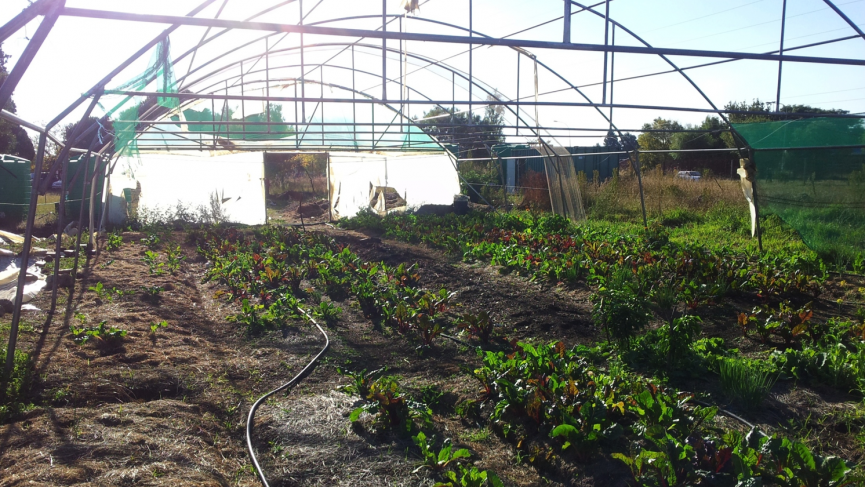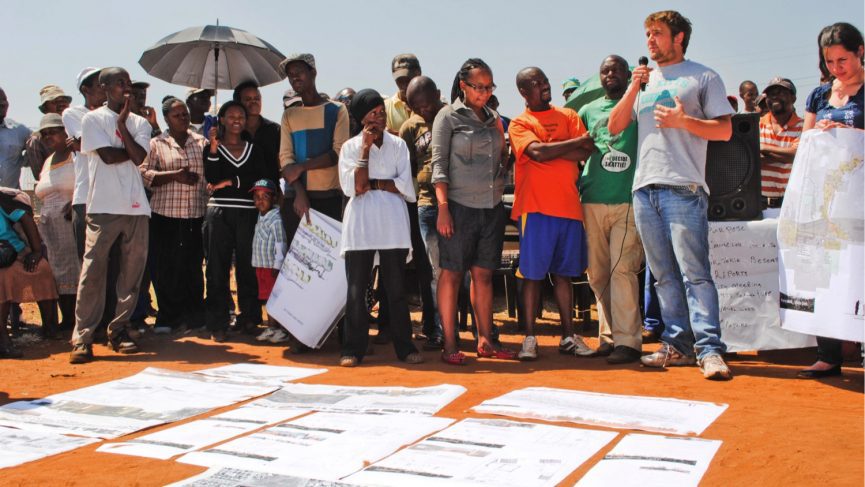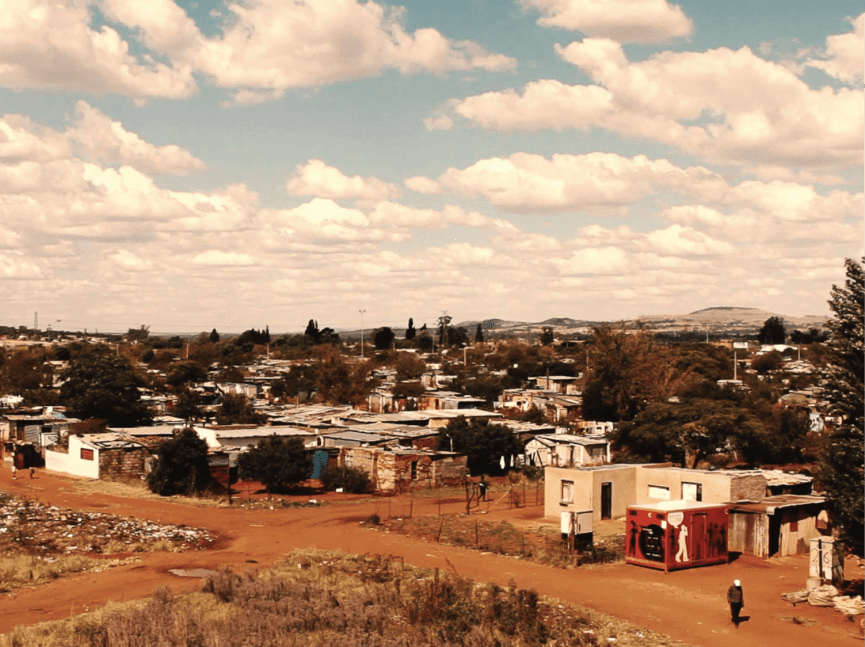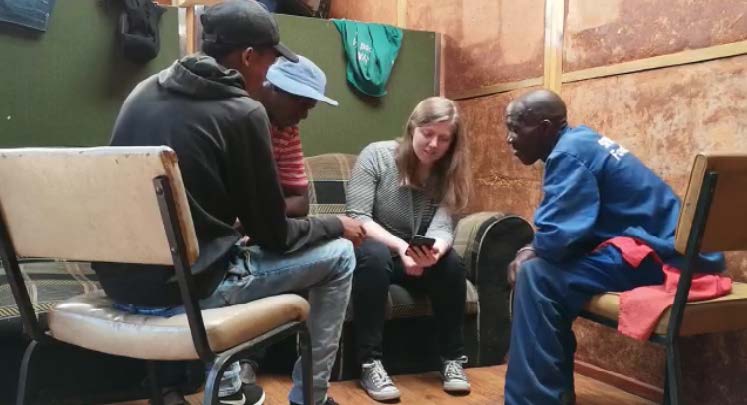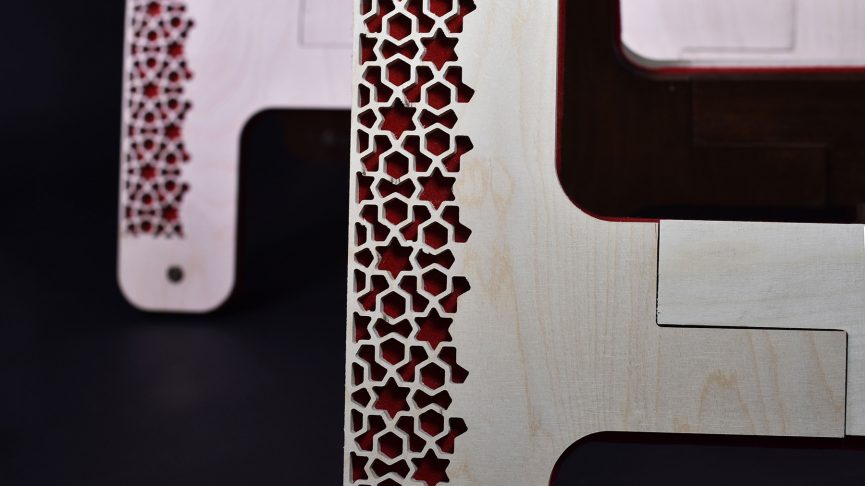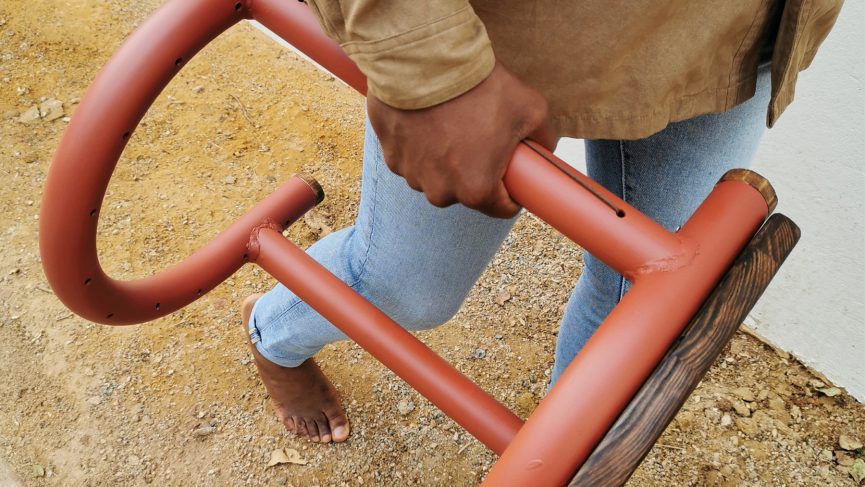2011 – 2021 | iZindaba Zokudla (Conversations About Food)
“... the role of the designer is to create dialogue, that’s the only thing that works. The more people, the more we need to talk, to hear each other, to learn to argue with each other. The role of a project is sometimes to simply create a dialogue. It’s not the result, it’s what type of dialogue I managed to create around the project. I think the value of dialogue is rising compared to the value of production. We went from the value of design [being] the number of parts you will be selling at the end... tomorrow the value of design will be how important the dialogue you managed to create, between how many stakeholders, with which social and cultural differences, on what scale.” Antoine Fenoglio, Designer and founder of Sismo, Paris. iZindaba Zokudla (Conversations about Food) – Innovation in the Soweto Food System is a multi-stakeholder engagement project ... Read More
